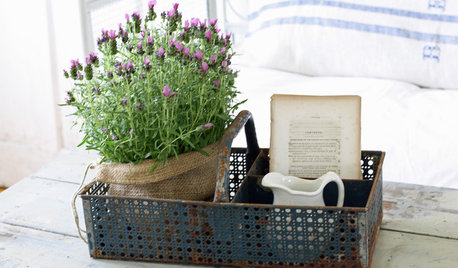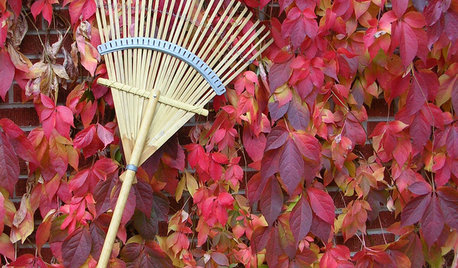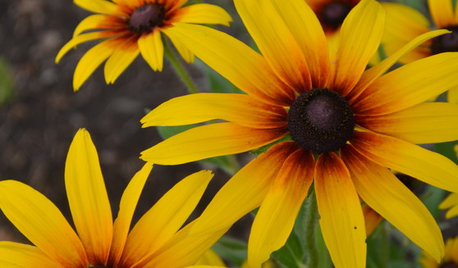Bringing VFT Out of Dormancy
la_countessa
16 years ago
Related Stories

INSPIRING GARDENSNative Plants Bring 10 Southern California Front-Yard Gardens to Life
Rare plants, rain gardens and wildlife habitats are just a few of the features showcased on the 2016 Theodore Payne Native Plant Garden Tour
Full Story
GARDENING GUIDESLet's Weed Out 4 Native Plant Myths
Plant wisely for a garden that supports pollinators and requires less work
Full Story
ARCHITECTUREModern and Traditional Converge on Coveted Chicago Blocks
As newer structures replace old on a pair of desirable streets, architects are challenged with how best to bring in modern styles
Full Story
HOUSEPLANTSOutsmart Winter — Make Houseplants of Your Garden Growers
No need to watch Jack Frost play Wreck the Rosemary. Bring your garden inside for the winter, using containers and these guidelines
Full Story
MONTHLY HOME CHECKLISTSTo-Dos: Your November Home Checklist
Give your home a festive holiday air without running out of steam, and stay safe and snug as temperatures drop
Full Story
GARDENING GUIDES10 Top Native Plants for the U.S. Southeast
For a low-maintenance and wildlife-friendly landscape, use Southern natives that withstand heat and humidity
Full Story
WINTER GARDENINGPruning Secrets for Exquisite Roses
Encourage gorgeous blooms year after year with this time-tested advice on how to prune your rosebush in winter for health and shape
Full Story
GARDENING GUIDES10 Cold-Hardy Succulents for Cool-Season Interest
These attractive plants shrug off colder temperatures, and many can be brought inside in containers in extra-chilly climates
Full Story
GARDENING GUIDESYour November Garden Checklist
What to do around the U.S. this month to help your garden thrive — when you're not admiring fall's brilliant colors, that is
Full Story
GARDENING GUIDESSouthwest Gardener's July Checklist
Hold on to your hat and prune those tree branches; monsoon season means damage prevention is key
Full Story





icenine
la_countessaOriginal Author
Related Professionals
Glassmanor Landscape Architects & Landscape Designers · Willowick Landscape Architects & Landscape Designers · Billerica Landscape Contractors · Stoughton Landscape Contractors · Amesbury Landscape Contractors · Apollo Beach Landscape Contractors · Doctor Phillips Landscape Contractors · El Segundo Landscape Contractors · Soddy Daisy Landscape Contractors · Winchester Landscape Contractors · Four Corners Landscape Contractors · Casselberry Landscape Contractors · Ferguson Landscape Contractors · Pearland Swimming Pool Builders · Visalia Swimming Pool Buildersmutant_hybrid
la_countessaOriginal Author
petiolaris
mutant_hybrid
ilbasso_74
mutant_hybrid
petiolaris
jmach
don555
mutant_hybrid
jmach
tommyr_gw Zone 6
petiolaris
la_countessaOriginal Author
don555
la_countessaOriginal Author
don555
la_countessaOriginal Author
tommyr_gw Zone 6
petiolaris
HU-344616477